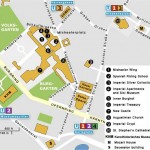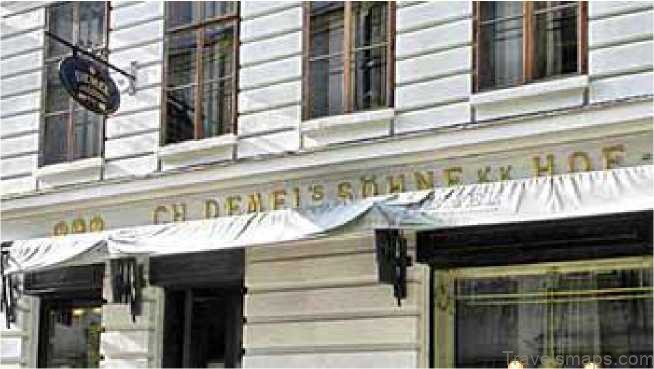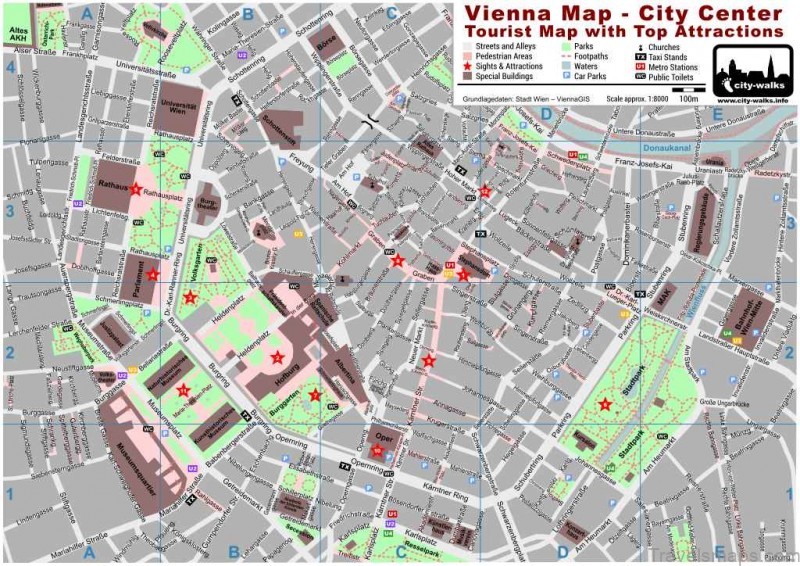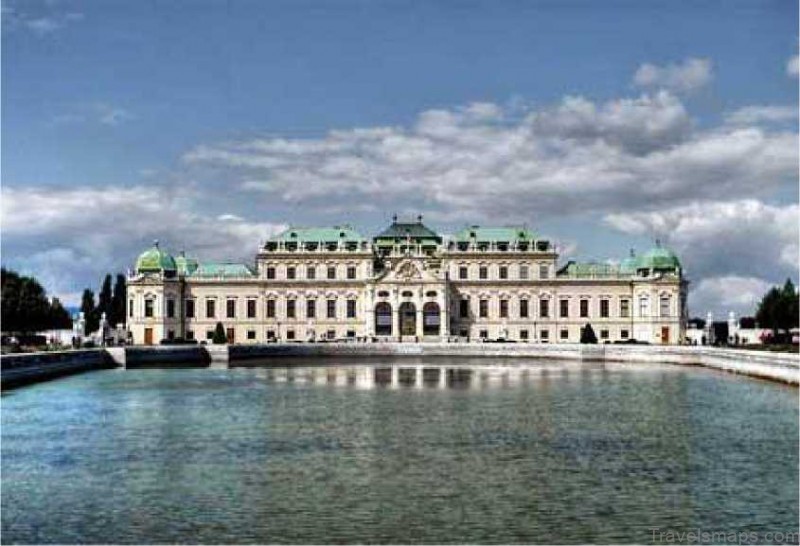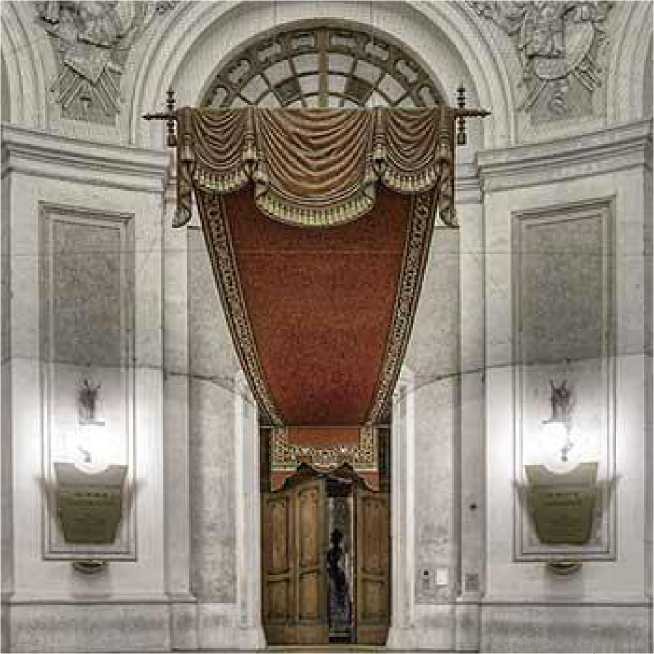
5 THE SPANISH RIDING SCHOOL -WORLD’S NOBLEST HORSES DANCE HERE
The entrance to the 430-year-old riding school is located in the main passageway of the Michaeler Wing of the Hofburg. The tickets for the main performance of the Spanish Riding School are sold out months in advance. Malicious tongues in Vienna joke that the ticket prices for the dance of the snow white Lipizzaner exceed the prices for a ballet in the nearby State Opera1 several fold.
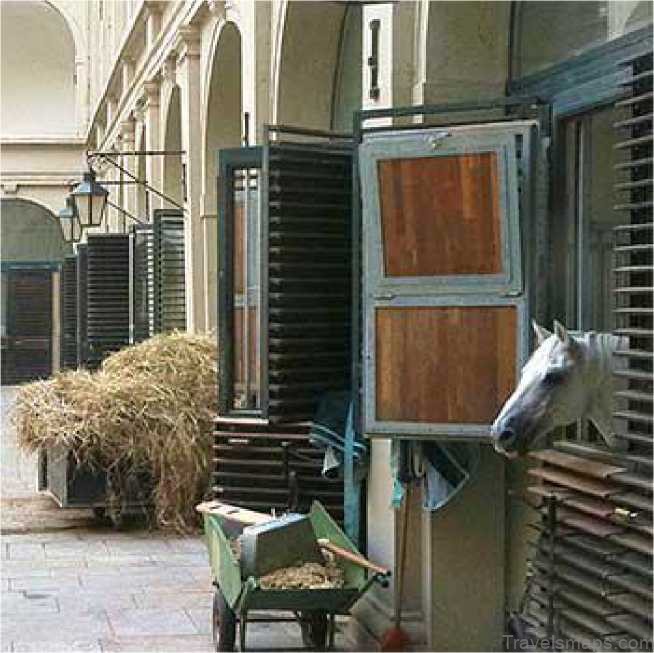
Stalburg at the Hofburg
But there are other less expensive ways to see the horses of the Spanish Riding school dance. Almost every morning between 10 am and 12 pm you can watch the horses doing their morning exercises, the so-called “Light Movements”. During these morning exercise the various lessons of the “High School of horsemanship” are perfected through persistent repetition.
For example the “pas de deux”, during which two horses carry out the exact same exercises and steps at the same time, or the “work in hand and on the long rein”, during which the communication between the rider and the horse should function perfectly even without body contact. Most spectacular are the “airs above the ground”: The training of artistic jumping maneuvers like the Levade, the Courbette and the Capriole. These classic school jumps are not trained on a daily basis though, so they cannot be seen at every morning exercise.
It is also possible to book a one-hour long tour of the Spanish Riding School, during which you will learn everything about the Baroque Winter Riding School building, the Renaissance buildings of the Stallburg and also be able to take a peek into the stables of the Lipizzaner.
Aside from the summer weeks they spend in Styria, the Lipizzaner spend their whole life in the Hofburg. Their training begins directly after they lose the black coats they have as foals and they become the unique white horses they are.
Not long ago women also gained the chance to work with possibly the noblest horses in the world: A British and an Austrian woman were qualified to be trainers for the first time in the 436-year-long history of the riding school. During the performances the riders wear the same uniform as they did 200 years ago and everything is as it always has been.
Map of Austria – Best Places To Visit In Austria Photo Gallery
Spanische Hofreitschule | The Spanish Riding School
Address: Hofburg, 1010 Vienna
Public transport: Underground U3 Herrengasse
Opening hours: Tue – Sun 09 am – 04 pm
Fridays when there is a performance 09 am – 07 pm
Closed on Mondays
Morning Exercise: Tue – Sat 09 am – 12 am
THE IMPERIAL SILVER COLLECTION -THE HABSBURGS SERVED UP THE GOLD RESERVES
What awaits you in the Imperial Silver Collection will show that we have actually only gotten to know a very small portion of the immense treasures of this dynasty – one that lasted for more than 600 years. You can reach the Hofburg Museums through the passageway in between the Michaeler Wing and the Inner Burghof.

The Entrance – Silver Collection, Sisi Museum and the Imperial Apartments
The first rooms that you set foot into once you enter the museum are home to the so-called Imperial Silver Collection. But here you will see far more than the silver objects necessary to run the imperial household. The Imperial Silver Collection namely consists of the Court Silver and Table Room, the Court Porcelain Collection and objects from the Court Confectionery, the Court Cellar and the Court Linen Room.
First we will pass the copper vessels, pans and cooking and baking molds of the Court Kitchen. Copper molds were used in countless ways for dishes in aspic, sponge cakes, creams, nougat and of course also the imperial Bundt cake, the so-called Guglhupf.
In the Court Kitchen you will get an impression of the art and the magnitude of the Court Confectionery Bakery – a tradition with very high standards that to this day are met by the Court Confectionery Bakery Demel1 and the Hotel Sacher2 .
A highlight of the Imperial Silver Chamber is definitely the opulent Grand Vermeil service. It is a service made out of fire-gilt silver that consists of 4500 pieces and weighs over one ton.
Maybe even more fascinating than this opulent service is the small, but very curious collection of jugs and washing utensils: These are the objects that were used in the centuries-old tradition of the foot-washing ceremony. This is a tradition that at first glance seems to greatly contrast everything else that you have seen up until now in the Imperial Silver Collection.
Every year 24 poor and elderly subjects from the Habsburgs Empire were selected to take part in this foot-washing ceremony. With the help of the displayed objects, the emperor washed the feet of the twelve elderly men and the empress the feet of the twelve elderly women in an act of Christian humility. Afterwards the chosen were fed an ample Lenten meal and each royally endowed with 30 silver coins.
This foot-washing ceremony, which until today is practiced on Holy Thursday by the Pope in Rome, as well as by the Orthodox Patriarch of Jerusalem, has its roots in a story from the Gospel of John. According to this story, Jesus washed and dried the feet of his apostles after the Last Supper -an act of Christian humility demonstrating the insignificance of worldly hierarchies in the eyes of God.
Once you have gotten your fill of the Imperial Silver Collection, continue on to the first floor where you can take a glance behind the scenes of the official orchestration of the imperial family.
You need only one ticket for the Imperial Apartments3 , the Sisi Museum and the Imperial Silver Collection. At the ticket office you can also buy combo tickets, which allow you to combine your visit to the Hofburg Museums with additional other exhibitions. The greatest advantage of these combo tickets is that you avoid the long waiting lines in front of the ticket offices.
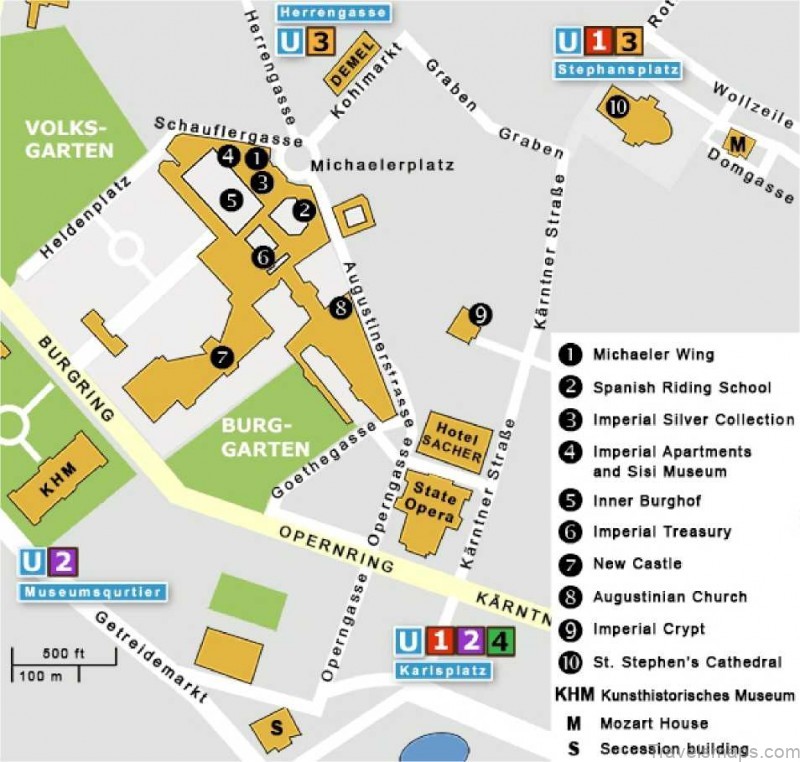
Silberkammer | Imperial Silver Collection
Address: Hofburg, 1010 Vienna
Public transport: Underground U3 Herrengasse
Opening hours
September – June daily 09 am to 05.30 pm
July – August daily 09 am to 06 pm Admission till an hour before closing time
Maybe You Like Them Too
- UNIQUE RESTAURANTS, COFFEEHOUSES AND CAKE SHOPS IN VIENNA – WHERE MOZART ATE, BEETHOVEN WINE AND HITLER COFFEE DRANK
- FAMOUS COMPOSERS IN THEIR TOWN -WHERE HAYDN, MOZART AND BEETHOVEN MEET EACH OTHER
- MAP OF THE BELVEDERE CASTLES
- Map of Vienna, Austria – Getting to Vienna

